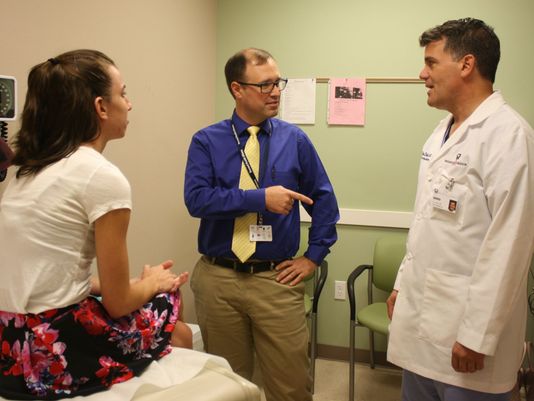Document Type
Article
Publication Title
Psychophysiology
Abstract
Non-conscious processing of human memory has traditionally been difficult to objectively measure and thus understand. A prior study on a group of hippocampal amnesia (N = 3) patients and healthy controls (N = 6) used a novel procedure for capturing neural correlates of implicit memory using event-related potentials (ERPs): old and new items were equated for varying levels of memory awareness, with ERP differences observed from 400 to 800 ms in bilateral parietal regions that were hippocampal-dependent. The current investigation sought to address the limitations of that study by increasing the sample of healthy subjects (N = 54), applying new controls for construct validity, and developing an improved, open-source tool for automated analysis of the procedure used for equating levels of memory awareness. Results faithfully reproduced prior ERP findings of parietal effects that a series of systematic control analyses validated were not contributed to nor contaminated by explicit memory. Implicit memory effects extended from 600 to 1000 ms, localized to right parietal sites. These ERP effects were found to be behaviorally relevant and specific in predicting implicit memory response times, and were topographically dissociable from other traditional ERP measures of implicit memory (miss vs. correct rejections) that instead occurred in left parietal regions. Results suggest first that equating for reported awareness of memory strength is a valid, powerful new method for revealing neural correlates of non-conscious human memory, and second, behavioral correlations suggest that these implicit effects reflect a pure form of priming, whereas misses represent fluency leading to the subjective experience of familiarity.
DOI
10.1111/psyp.14334
Publication Date
Summer 5-1-2023
Recommended Citation
Addante, R. J., Lopez-Calderon, J., Allen, N., Luck, C., Muller, A., Sirianni, L., Inman, C. S., & Drane, D. L. (2023). An ERP measure of non-conscious memory reveals dissociable implicit processes in human recognition using an open-source automated analytic pipeline. Psychophysiology, 60(10), e14334. https://doi.org/10.1111/psyp.14334
Included in
Behavior and Behavior Mechanisms Commons, Cognitive Neuroscience Commons, Cognitive Psychology Commons, Psychological Phenomena and Processes Commons, Research Methods in Life Sciences Commons



